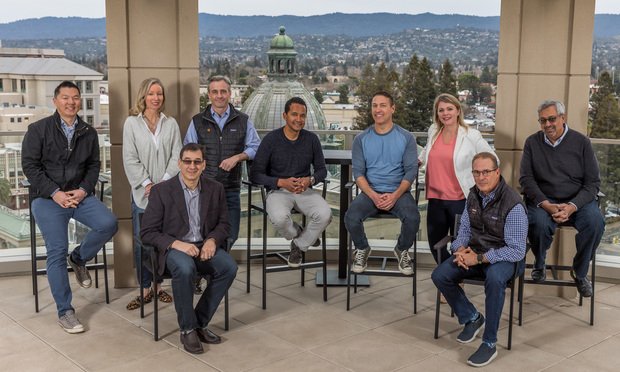The "Great Recession" of the 2000s generally stirs up negativeconnotations in the commercial real estate community. Developmentstood still. Debt was unavailable. Tenants asked for rentreductions or disappeared. Respectable companies went under.Properties and fortunes were lost.
However, owners of certain single-tenant net-leased propertiesare presented with an opportunity as three post-recession forcescombine: low interest rates, constrained supply of propertiescoming to market and investors looking to put their money to work.The combination of these factors has created demand for STNLs thatoutpaces supply, resulting in rapid compression of capitalizationrates since mid-2010. This situation benefits two distinct groups:return-driven investors who purchased properties during therecession, and long-term cash flow investors who made acquisitionsapproximately 10 years ago.
During the height of the recession, from late 2008 through early2010, demand was weak for all property types due to cash hoardingand lack of debt and equity sources. Investors who did purchaseproperties were able to achieve higher cap rates, especially in theMidwest, where demand was lowest. Now, with constrained supply andmoney flowing in from the coasts due to poor yields there, caprates in the region have fallen dramatically and profits can befound in these properties.
Continue Reading for Free
Register and gain access to:
- Breaking commercial real estate news and analysis, on-site and via our newsletters and custom alerts
- Educational webcasts, white papers, and ebooks from industry thought leaders
- Critical coverage of the property casualty insurance and financial advisory markets on our other ALM sites, PropertyCasualty360 and ThinkAdvisor
*May exclude premium content
Already have an account?
Sign In Now
© 2024 ALM Global, LLC, All Rights Reserved. Request academic re-use from www.copyright.com. All other uses, submit a request to [email protected]. For more information visit Asset & Logo Licensing.








